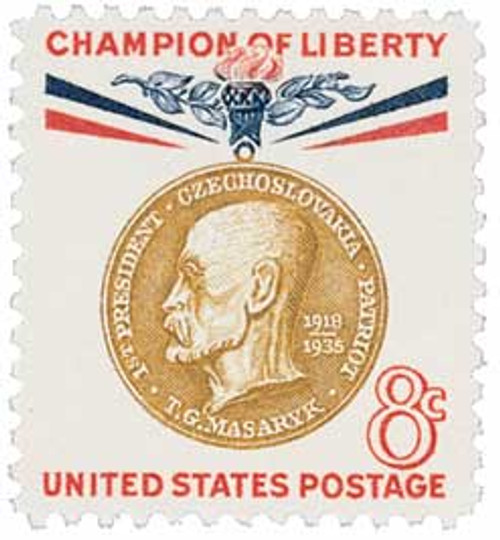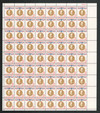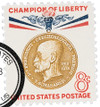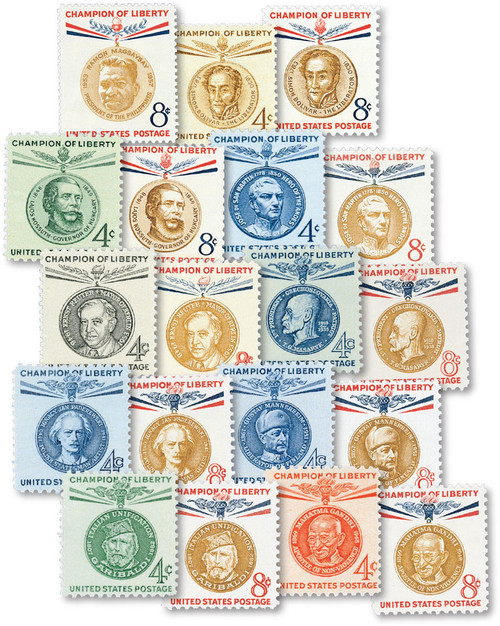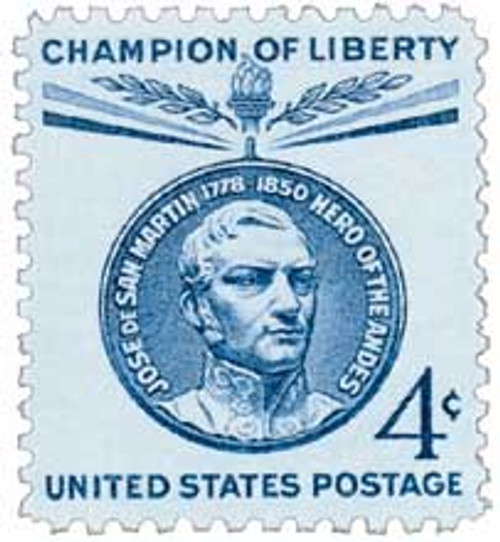
# 1148 - 1960 8c Champion of Liberty: Thomas G. Masaryk
Birth of Thomas Masaryk
Tomáš Garrigue Masaryk was born on March 7, 1850, in Hodonín, Austrian Empire (present-day Czech Republic).
Masaryk was born into a poor, working-class family, but was able to attend grammar school and eventually the University of Vienna. In 1876, he graduated with a PhD, and by 1882, he was working as a professor of philosophy at Charles University of Prague.
Masaryk entered politics in 1891 when he began a two-year term in the Imperial Council as part of the Young Czech Party. Then in 1900, he founded the Realist Party, which sought to establish a free, open democracy and a unified state of Serbs, Croats, and Slovenes. Masaryk was again elected to the Imperial Council as a member of the Realist Party in 1907 and remained there until 1914.
Click here for the rest of the This Day in History article
Birth of Thomas Masaryk
Tomáš Garrigue Masaryk was born on March 7, 1850, in Hodonín, Austrian Empire (present-day Czech Republic).
Masaryk was born into a poor, working-class family, but was able to attend grammar school and eventually the University of Vienna. In 1876, he graduated with a PhD, and by 1882, he was working as a professor of philosophy at Charles University of Prague.
Masaryk entered politics in 1891 when he began a two-year term in the Imperial Council as part of the Young Czech Party. Then in 1900, he founded the Realist Party, which sought to establish a free, open democracy and a unified state of Serbs, Croats, and Slovenes. Masaryk was again elected to the Imperial Council as a member of the Realist Party in 1907 and remained there until 1914.
Click here for the rest of the This Day in History article

